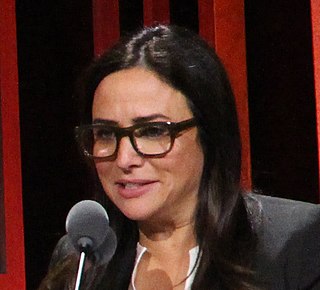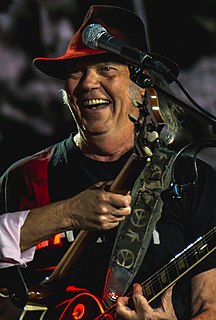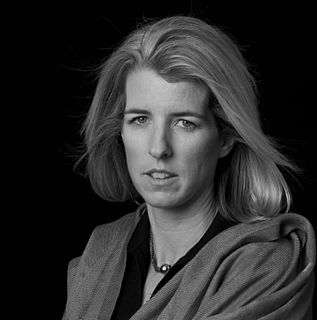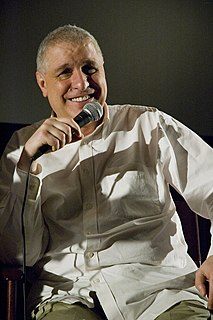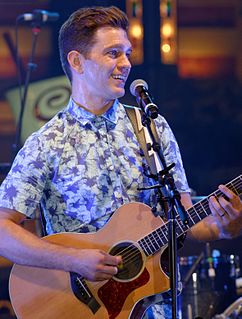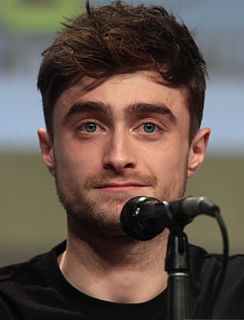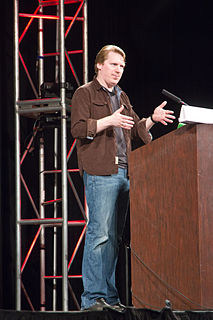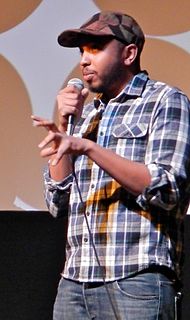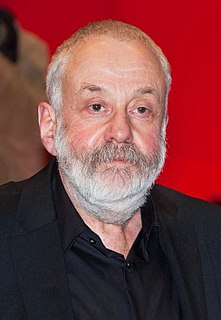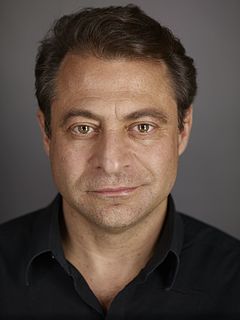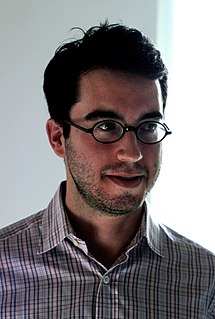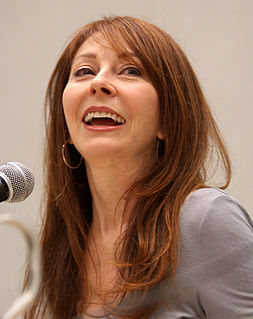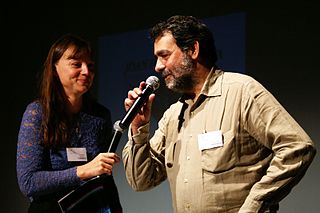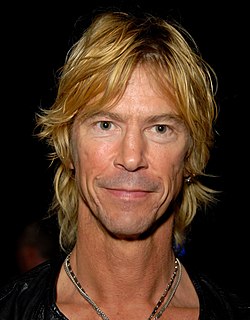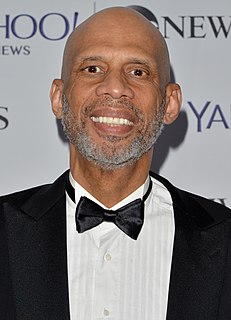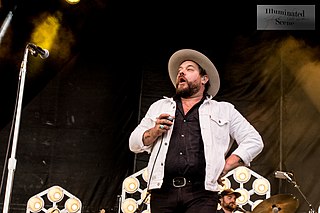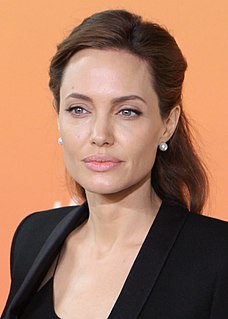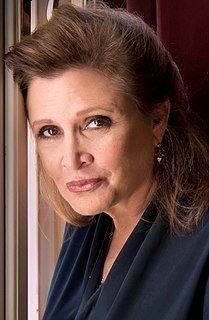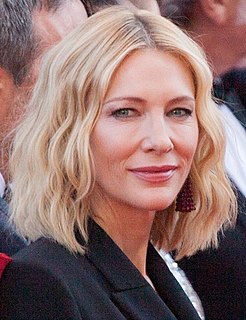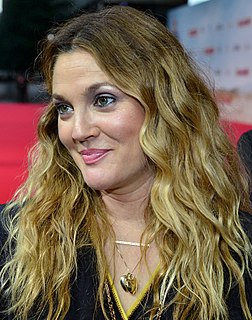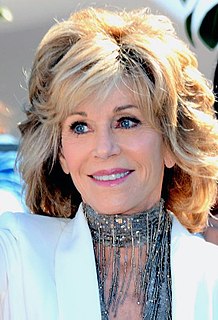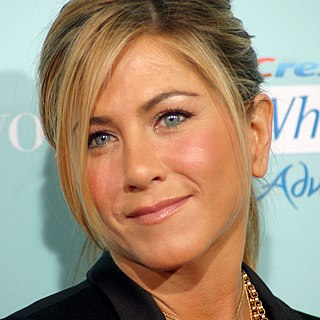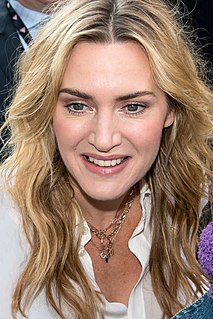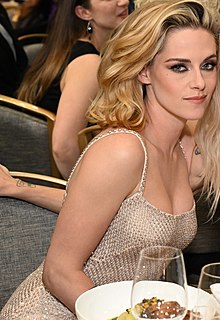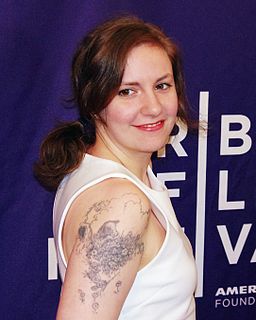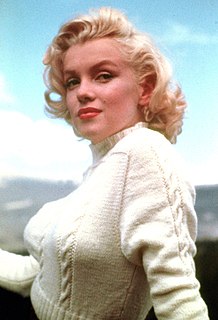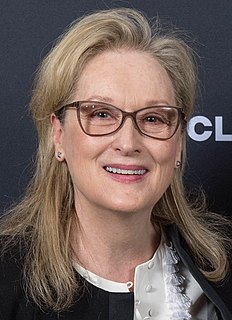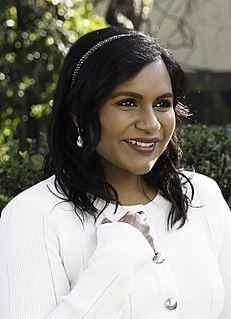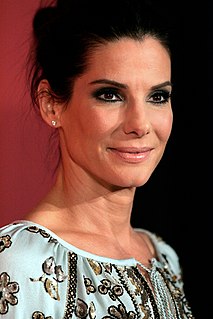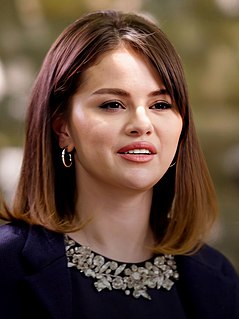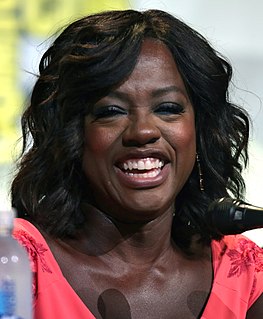A Quote by Pamela Adlon
The first thing that I ever made was a documentary that I shot... in downtown L.A. about a group of homeless people.
Related Quotes
My cousin Jerry Lucey and five other firefighters died in a warehouse fire in Worcester, Mass. - my hometown - right in the middle of our old neighborhood downtown when a homeless couple started a fire to keep warm and the entire building went up. My cousin died trying to save homeless people who had already left the building.
Richard [Griffiths] was by my side during two of the most important moments of my career. In August 2000, before official production had even begun on Potter, we filmed a shot outside the Dursleys', which was my first ever shot as Harry. I was nervous and he made me feel at ease. Seven years later, we embarked on 'Equus' together. It was my first time doing a play but, terrified as I was, his encouragement, tutelage and humor made it a joy. In fact, any room he walked into was made twice as funny and twice as clever just by his presence.
I'm very interested in clans and the way people group together, and there's a lot of group shots. There's a lot of people in positions that people feel like they're in attack mode, kind of pointed at each other in the frame. I'm not a big fan of shooting something that looks like it could belong in any movie, I'm not a fan of okay, "wide shot, wide shot, medium shot, close-up, close-up, we'll figure it out in post." I hate that.
If I'm ever working on a set and anyone talks about a master shot, I say there is no master shot. Before I even went to film school, I learned about movies by being in a British feature film, where everything was shot master shot, mid-shot, close-up. But I reject the idea of a master shot. You don't shoot everything mechanically; you find imaginative ways that serve the action.
In 1980, during my sophomore year at MIT, I realized that the school didn't have a student space organization. I made posters for a group I called Students for the Exploration and Development of Space and put them up all over campus. Thirty-five people showed up. It was the first thing I ever organized, and it took off!
I'm driving down the freeway the other day, on my way to Knott's Scary Farm probably, and I hear this report on NPR that the whole lemmings thing was faked in the 1950s. They were shooting a wildlife documentary in the '50s, they found a group of lemmings, and the crew chased them all off a cliff. No lemming has ever jumped off a cliff, purposefully, ever. Isn't that unbelievable?
